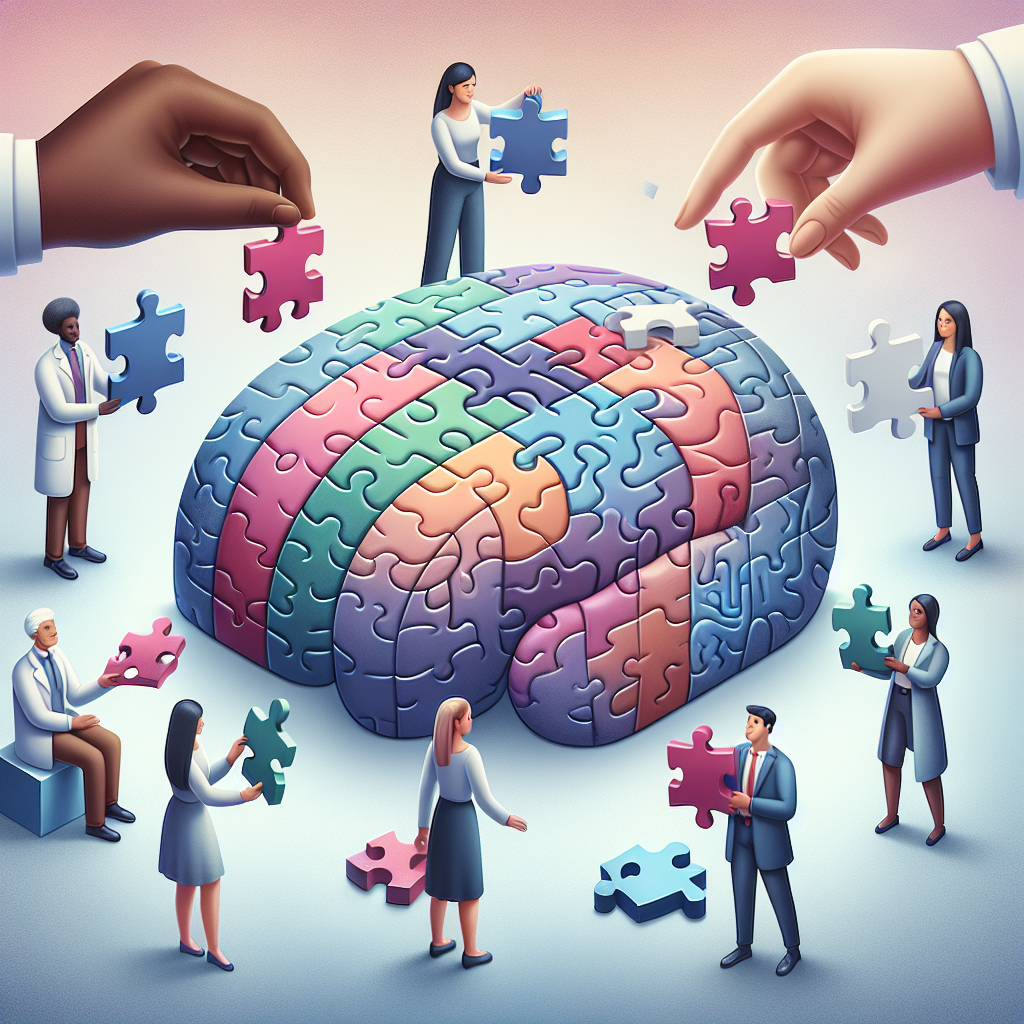Breaking Down Dyslexia: Diagnosing the Learning Disability with Confidence
Introduction
Dyslexia isn’t just a buzzword; it’s a pervasive learning disability that affects millions around the world. Imagine facing the daunting task of reading a simple text while your peers breeze through it effortlessly. This condition often leads to feelings of frustration, low self-esteem, and confusion. However, diagnosing dyslexia shouldn’t be a frightening or overwhelming experience. By breaking down dyslexia and understanding it with confidence, we can empower not just those who are affected but also their educators and families. This comprehensive article will delve deep into dyslexia, exploring its diagnosis and offering valuable insights to foster understanding and advocacy.
Understanding Dyslexia
What is Dyslexia?
Dyslexia is a neurological condition that primarily affects an individual’s ability to read, spell, and process language. It’s not a reflection of a person’s intelligence; rather, it’s about how the brain processes written and spoken language. In fact, many individuals with dyslexia have been known to excel in creative thinking and problem-solving.
Common Symptoms of Dyslexia
Symptoms can vary widely among individuals but often include the following:
- Difficulty reading quickly
- Trouble with spelling
- Issues with writing coherence
- Difficulty following verbal instructions
- Problems with phonemic awareness
Table 1: Common Symptoms of Dyslexia
| Symptom | Description |
|---|---|
| Reading Difficulty | Slow and inaccurate reading |
| Spelling Issues | Frequent misspellings |
| Writing Challenges | Poor organization of thoughts in writing |
| Verbal Instruction Trouble | Difficulty understanding spoken instructions |
| Phonemic Awareness Issues | Struggles to recognize sounds in words |
The Importance of Early Diagnosis
Early diagnosis and intervention can significantly transform the trajectory of a child’s educational experience. Identifying dyslexia in its early stages allows for tailored support and effective learning strategies, turning potential challenges into opportunities for growth.
Breaking Down Dyslexia: Diagnostic Process
Who Can Diagnose Dyslexia?
Diagnosing dyslexia is a multi-faceted process that typically involves a team of professionals, including:
- Psychologists
- Special education teachers
- Speech-language pathologists
Each professional brings a unique perspective, ensuring a comprehensive evaluation.
The Diagnostic Steps
- Initial Screening: This often involves standardized tests to assess reading abilities and general language skills.
- Comprehensive Evaluation: This includes cognitive testing and assessments for basic reading skills, phonemic awareness, and spelling.
- Interviews and Surveys: Gathering information from parents, teachers, and the individual ensures a well-rounded understanding of the challenges faced.
Real-World Case Study 1: Luke’s Journey
At age 7, Luke struggled with reading letters and words. After initial screenings and a comprehensive evaluation, he was diagnosed with dyslexia. With the right support strategies implemented in his school, he began to flourish academically and regained confidence.
Analysis: Luke’s story exemplifies the importance of timely diagnosis and intervention, showcasing how tailored strategies can lead to success.
Breaking Down Dyslexia: Educational Strategies
Once diagnosed, leveraging effective educational strategies is essential for success.
Multi-Sensory Learning
Multi-sensory instruction engages various senses to enhance learning. Techniques might include using visual aids, auditory input, and kinesthetic activities.
Structured Literacy Approaches
Structured literacy approaches focus on the explicit teaching of reading, spelling, and writing components. This systematic method can greatly benefit students diagnosed with dyslexia.
Case Study 2: Sarah’s Transformation
After receiving her dyslexia diagnosis, Sarah was introduced to a structured literacy program that utilized multi-sensory techniques. Within months, she improved her reading and writing skills significantly.
Analysis: Sarah’s transformation highlights how targeted teaching methods, informed by a thorough understanding of dyslexia, can lead to valuable improvements.
Breaking Down Dyslexia: Emotional Impact
Building a Supportive Environment
Creating a nurturing space at home and school is crucial for individuals with dyslexia. This includes understanding their self-esteem challenges and fostering an environment that encourages growth.
Empowering Students
Teaching self-advocacy skills allows students to express their needs effectively. Encouragement from parents and teachers can help build resilience and confidence.
Breaking Down Dyslexia: Family Involvement
Educating Family Members
Families play a pivotal role in recognizing dyslexia. By educating themselves about the condition, they can better support their child through tailored strategies and emotional understanding.
Open Communication with Schools
Collaborative relationships between families and educators ensure that strategies are aligned and consistent, enhancing the learning experience.
Conclusion
Breaking down dyslexia involves more than just understanding symptoms or educational strategies; it’s about empowering individuals to thrive despite their challenges. By confidently approaching the diagnosis and intervention processes, we can create an environment of support, education, and growth. As we continue to advocate for understanding and awareness, the goal is clear: to ensure that every individual with dyslexia is given the opportunity to succeed.
FAQs Section
1. What are the early signs of dyslexia?
Early signs include difficulty recognizing letters, trouble with phonics, and issues with spelling and writing.
2. How is dyslexia diagnosed?
Dyslexia is diagnosed through a combination of screenings, evaluations, and personal interviews involving parents, teachers, and specialists.
3. Can dyslexia be cured?
Dyslexia is a lifelong condition, but with the right strategies and support, individuals can learn to manage their symptoms and succeed academically.
4. What educational strategies are most effective for dyslexia?
Multi-sensory learning, structured literacy approaches, and individualized educational plans are effective strategies for supporting individuals with dyslexia.
5. Can adults have dyslexia?
Yes, many adults have undiagnosed dyslexia and may struggle with reading, writing, or spelling in their personal or professional lives.
6. How can I support a child with dyslexia?
Provide emotional support, seek professional assessments, maintain open communication with teachers, and advocate for effective educational strategies tailored to their needs.
Through an understanding of dyslexia and its diagnosis, we can build a community of support that fosters triumph over adversity. Empowering those affected and promoting awareness is essential. Let’s continue to break down dyslexia with confidence.

